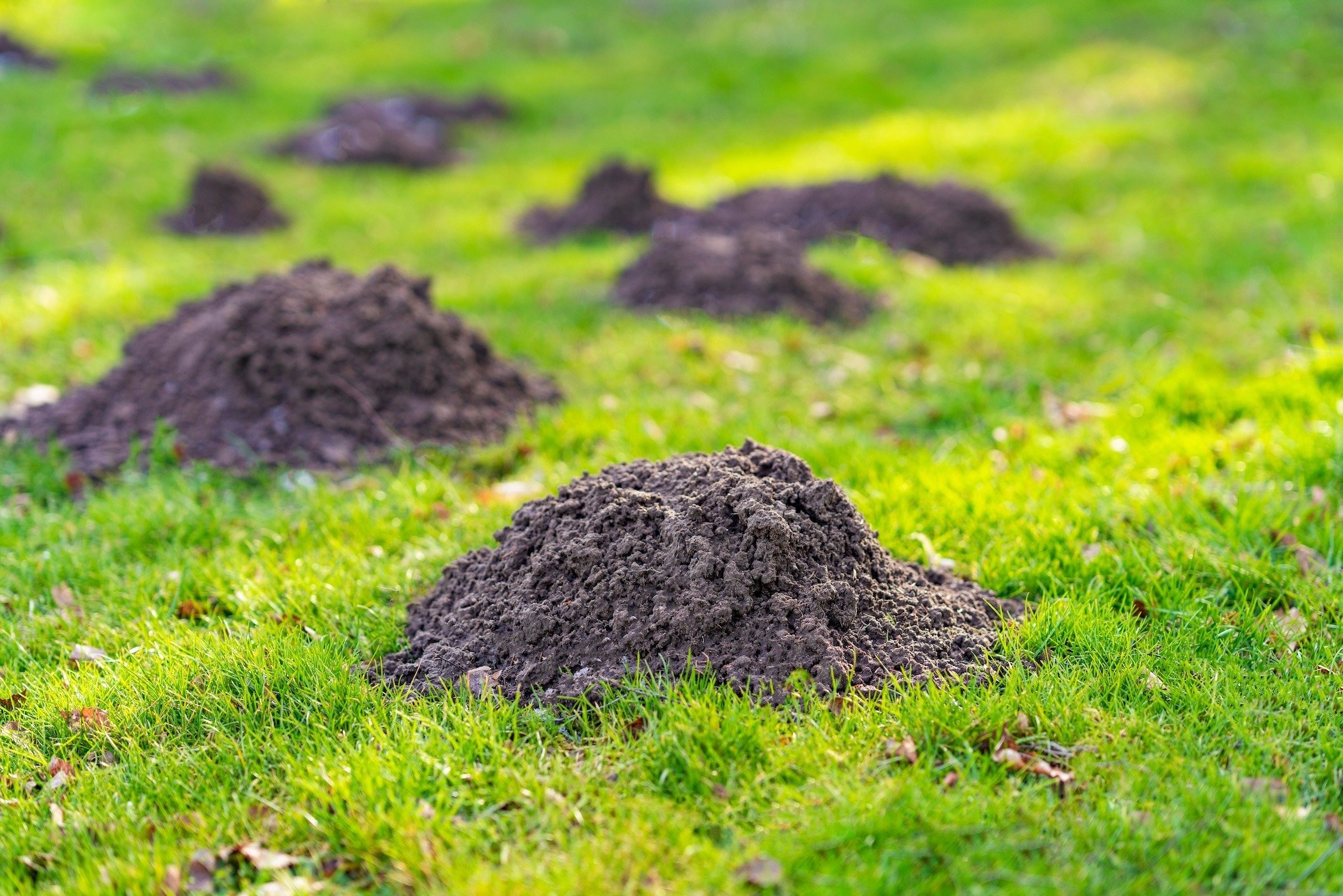Protect Your Lawn: Efficient Vole Control Techniques
Protect Your Lawn: Efficient Vole Control Techniques
Blog Article
Comprehensive Overview to Effective Vole Insect Control: Problem Recognition and Therapy Techniques
In the world of reliable pest control, vole infestations position an unique difficulty that requires a critical method. By checking out the subtleties of vole habits, understanding crucial indications of infestation, and assessing an array of control options, one can develop a detailed strategy to battle these evasive pests.
Comprehending Vole Habits
Vole habits is identified by their burrowing habits and rapid recreation rates, making them a tough pest to control effectively. These little rats commonly develop detailed passage systems underground, utilizing them for sanctuary, food storage space, and transportation. Voles are herbivores, eating a variety of plants, grasses, light bulbs, and origins, which can create substantial damages to gardens, orchards, and grass. Their fast reproductive rate further complicates control efforts, with females qualified of producing multiple clutters in a solitary year, each having numerous children.
Recognizing vole behavior is critical for effective insect control techniques. By recognizing their burrow locations, keeping an eye on feeding areas, and implementing targeted control techniques, such as capturing or environment modification, vole infestations can be handled successfully.
Signs of Vole Invasion

Avoidance Methods
Applying efficient avoidance strategies is vital in lessening vole invasions and protecting greenery from their destructive feeding practices. To avoid vole infestations, it is essential to begin by getting rid of prospective food sources and sanctuary.
Frequently inspecting the residential or commercial property for indicators of vole task, such as runways and tunnel openings, is crucial for very early discovery and prompt action. If vole activity is believed, think about using catches or repellents strategically put near their paths.
Non-Lethal Control Methods
To successfully handle vole populations while prioritizing gentle techniques, non-lethal control methods use useful services for lowering vole damages in yards and landscapes. These barriers can be hidden at the very least 12 inches deep and curved at a 90-degree angle to protect against voles from burrowing beneath.

Lethal Control Options
One reliable technique for attending to vole invasions in landscapes and gardens involves the tactical use of dangerous control alternatives. When encountered with an extreme vole problem that non-lethal approaches have failed to include, applying dangerous control actions ends up being important. In general, when employing deadly control choices, it is important to do so responsibly and in conformity with local laws to successfully handle vole infestations.
Verdict
Finally, effective vole insect control requires a detailed understanding of vole behavior, recognition of signs of problem, execution of prevention approaches, and use of both non-lethal and lethal control techniques. By combining these techniques, people can efficiently take care of vole populations and shield their residential or commercial property from damages. It is very important to attend to vole invasions quickly to avoid further problems and decrease the effect on the surrounding atmosphere.
Offered the intricate passage systems and quick reproduction prices particular of voles, identifying the signs of vole problem ends up being important in reliable insect control. One of the key signs of vole presence additional hints is the existence of surface area paths or routes in yard or snow, generally regarding 1-2 inches vast, developed as voles travel between their burrows and food sources.To successfully take care of vole populaces while focusing on gentle approaches, non-lethal control techniques use sensible solutions for decreasing vole damage in gardens and landscapes.One efficient technique for addressing vole infestations in landscapes and gardens includes the tactical use of deadly control choices. vole yard damage.In conclusion, effective vole pest control requires a comprehensive understanding of vole actions, identification of indications of invasion, application of prevention strategies, and use go to these guys of both lethal and non-lethal control techniques
Report this page